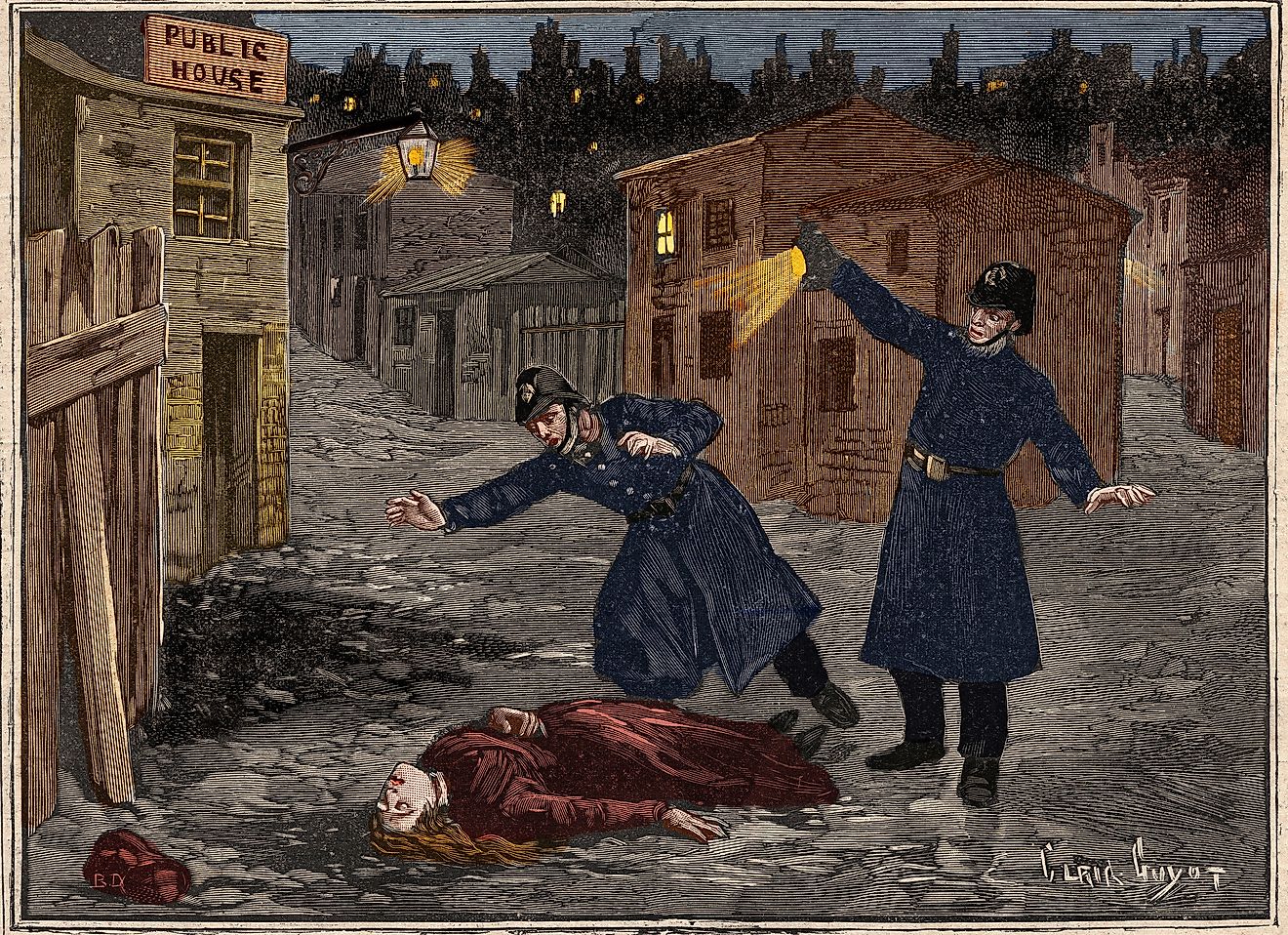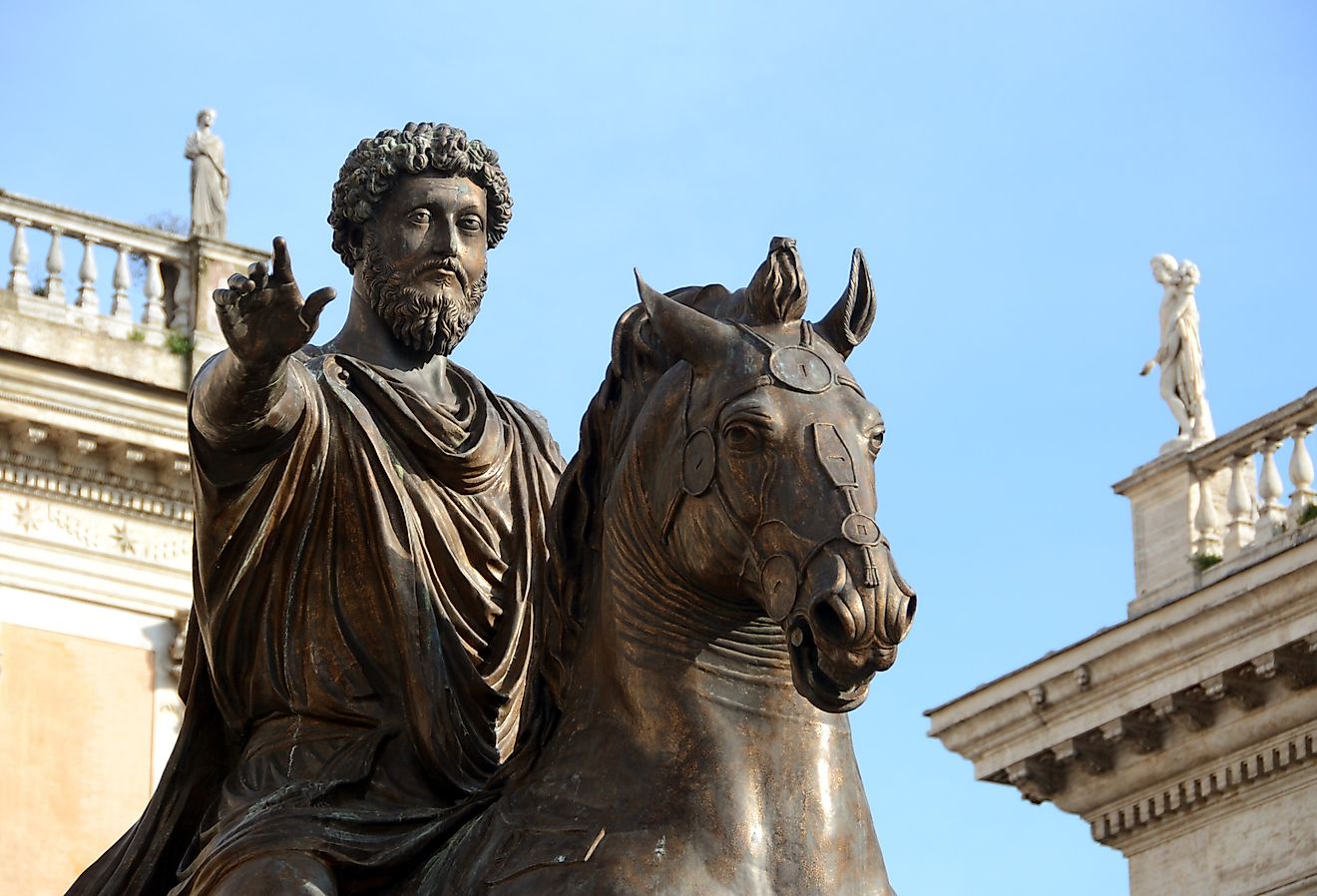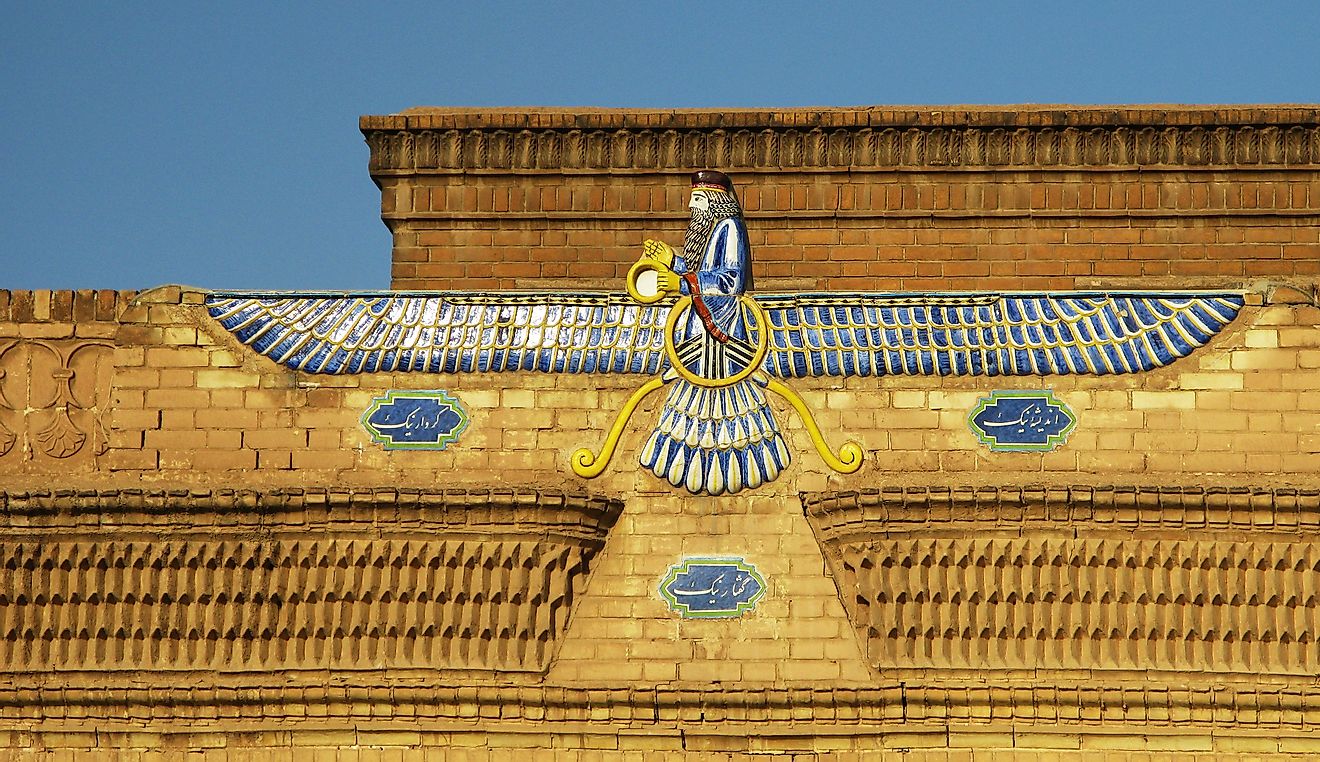10 Amazing Gothic Style Churches
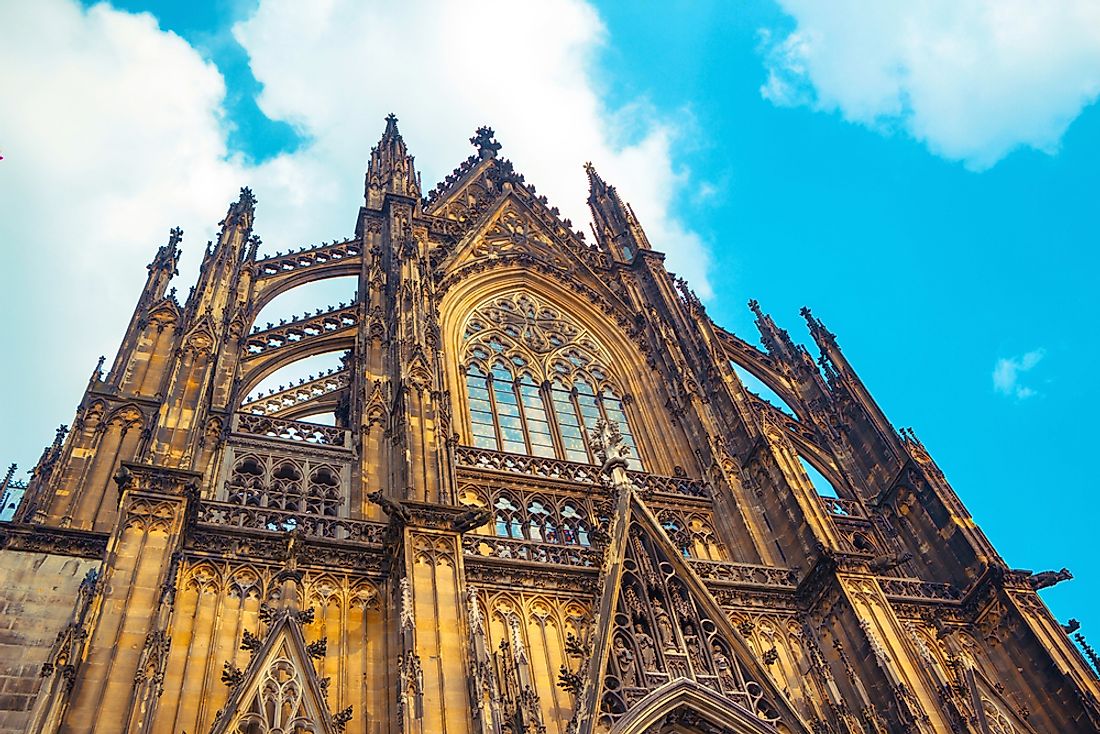
Gothic was a style of architecture popular in Europe throughout the medieval period. The style was preceded by Romanesque architecture and succeeded by Renaissance architecture. The Gothic style originated from France in the 12th century and held dominance up until the 16th century. Some elements of the architectural style included the flying buttress, ribbed vault, and pointed arch. It was the design of choice for many of Europe's churches, cathedrals, and abbeys. Other forms of structures made in the Gothic style include palaces, universities, castles guild, and town halls. Many large Gothic-style churches are listed as World Heritage Sites by UNESCO and are considered to be great works of art. The Gothic architectural style, especially for churches and cathedrals, is widely studied all over the world.
10. St. Mary's Basilica
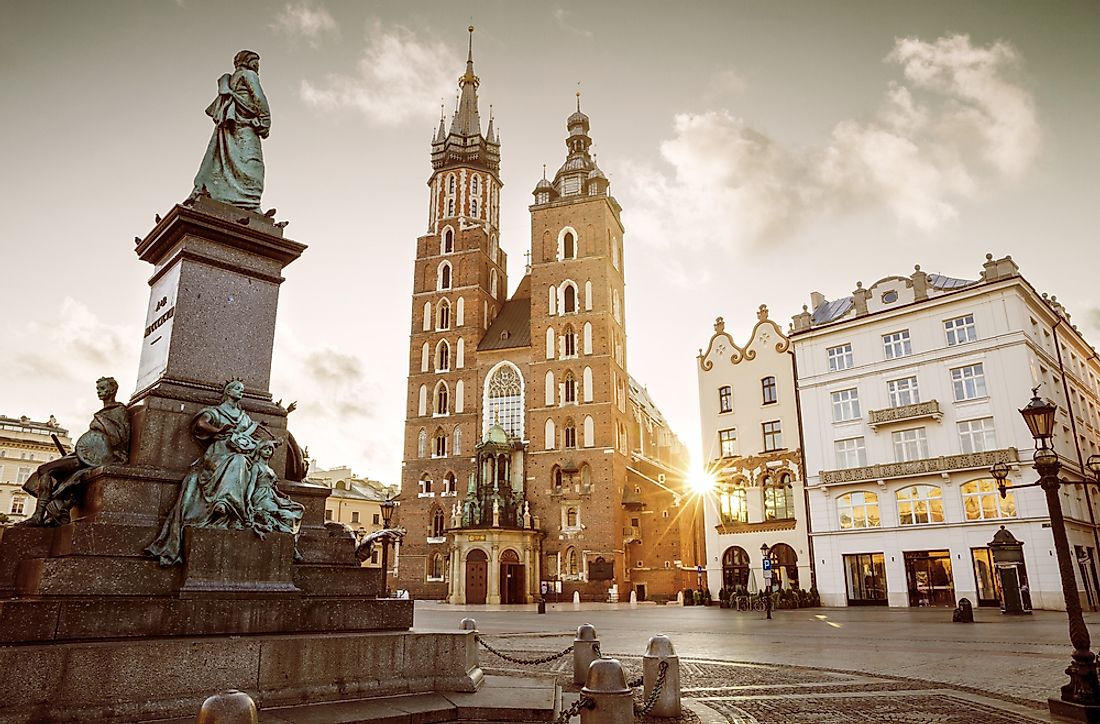
St. Mary's Basilica sits adjacent to the main square of Krakow, Poland. It was conceived in the 14th century in the gothic style. It features a famous wooden altarpiece. It is famous for having been inspiration for a number of churches built by members of the Polish disapora who immigrated abroad to areas such as North America.
9. Cologne Cathedral
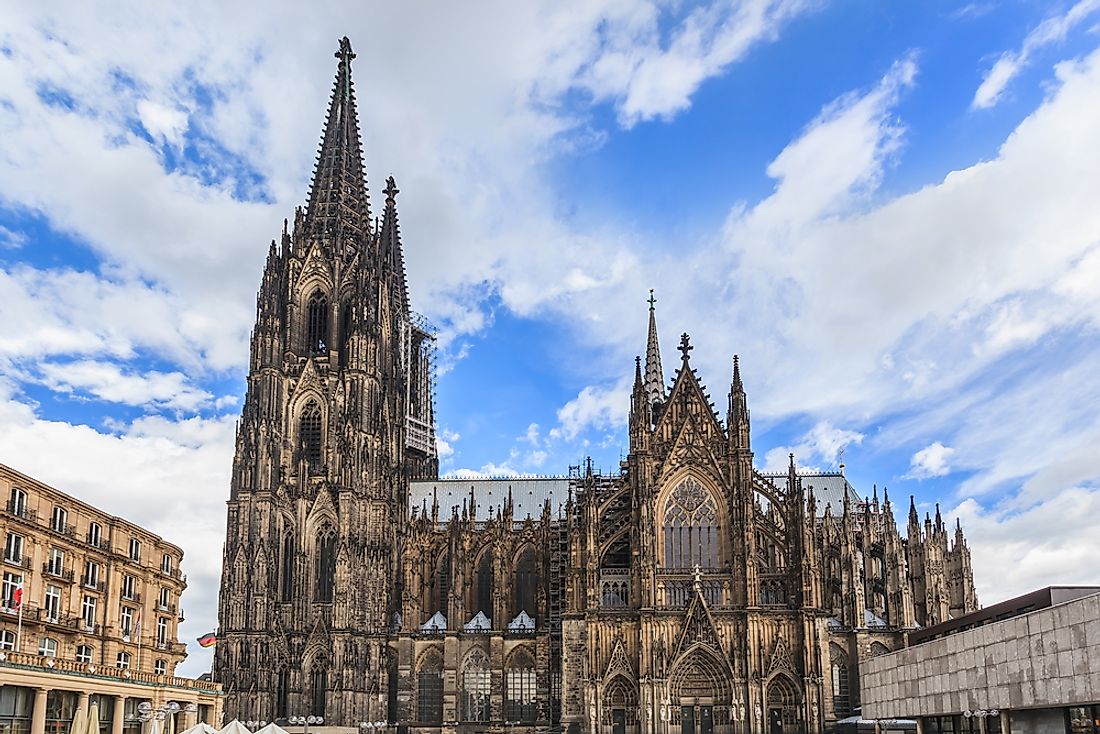
Located in Cologne, Germany is a renowned monument to both Gothic architecture and German Catholicism known as Cologne Cathedral. In 1996 the monument was declared a World Heritage site by UNESCO. Cologne Cathedral also holds the designation of being the tallest Church in Germany with its twin spires reaching 515 feet. The construction of the Cologne Cathedral began in 1248, but it was left unfinished when construction halted in 1473. The church was not completed until 1880. Cologne Cathedral is the largest Gothic church in Northern Europe.
8. Westminster Abbey
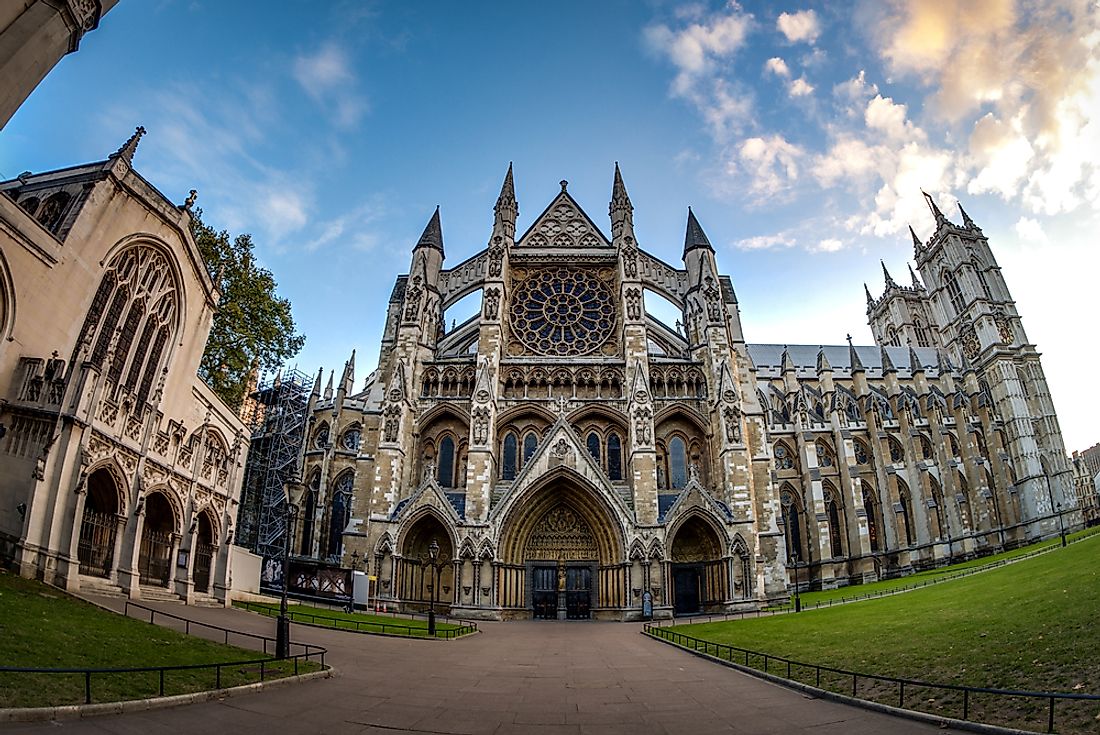
Formally known as the Collegiate Church of St. Peter at Westminster, the Westminster Abbey is one of the most famous religious establishments in the United Kingdom, as well as the world. Located in London, it is also the traditional burial coronation place for British and English monarchs. The construction of Westminster Abbey started in 1245 and ended in 1517 in an Anglo-Gothic style after Henry III selected the site as his burial place. The building of the church was mainly finished by an English architect by the name of Henry Yevele.
7. Notre-Dame de Paris
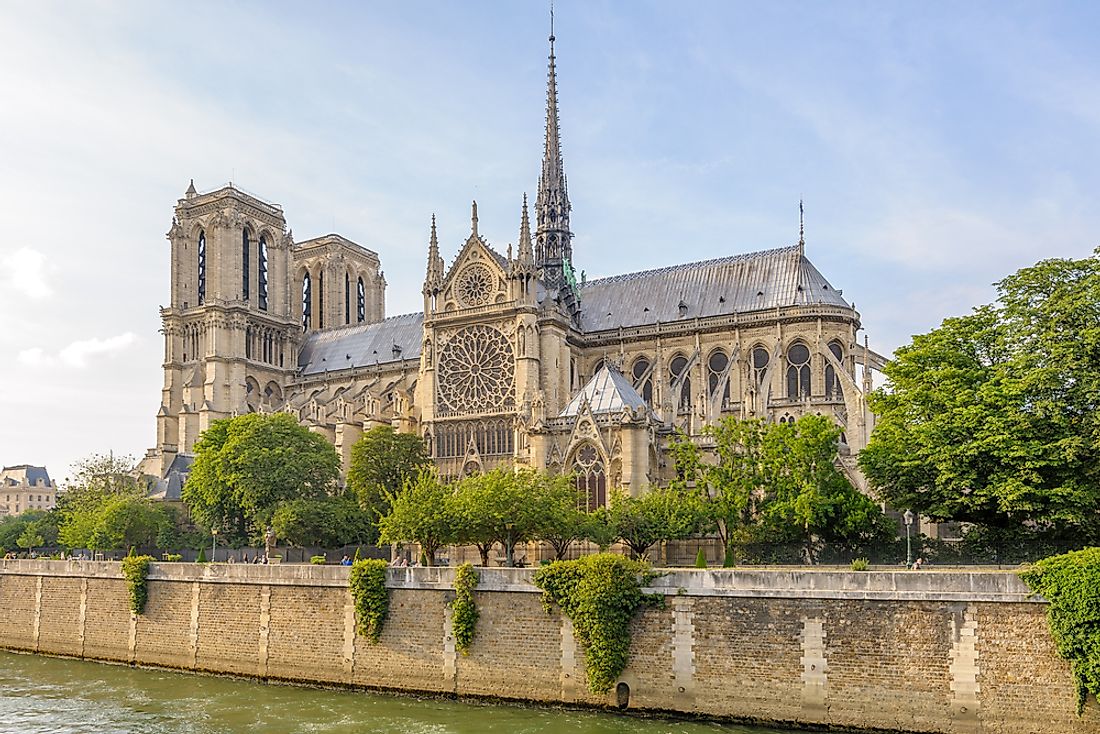
Translating from French into "Our Lady of Paris", the Notre-Dame de Paris is a medieval Catholic Church located on the Île de la Cité in central Paris. It is among the world's most famous and largest church buildings is a fine example of French Gothic architecture. Many architects worked on the construction of Notre-Dame over the period it was built, and this is reflected in the different styles featured in the architectural design. In the 1790s the building suffered damage and consecration during the French revolution and most of its religious image was damaged. There was extensive restoration in 1845 and further maintenance and restoration in 1991. According to the 1905 law, Notre-Dame de Paris is one of the 70 churches constructed before that year that are owned by the French state. However, the Catholic Church remains the designated beneficiary.
6. Lincoln Cathedral
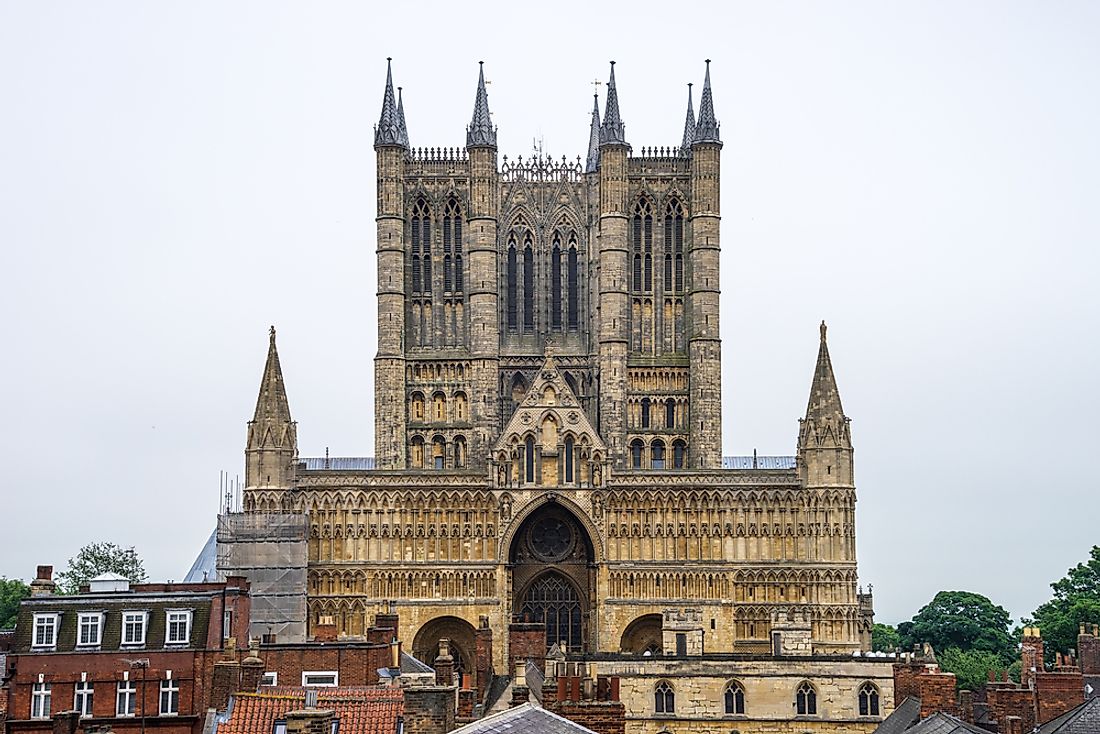
Also known as the Cathedral Church of the Blessed Virgin Mary of Lincoln or sometimes the St. Mary's Cathedral, the Lincoln Cathedral located is located Lincoln, England. Construction of the Cathedral started in 1088 continuing throughout the medieval era in phases. For 238 years between 1311 and 1549, the Cathedral was the world's tallest structure making it the first building to hold that title after the Great Pyramid of Giza. Lincoln is Britain's third largest cathedral after St Paul's and York Minster.
5. Church of Our Lady
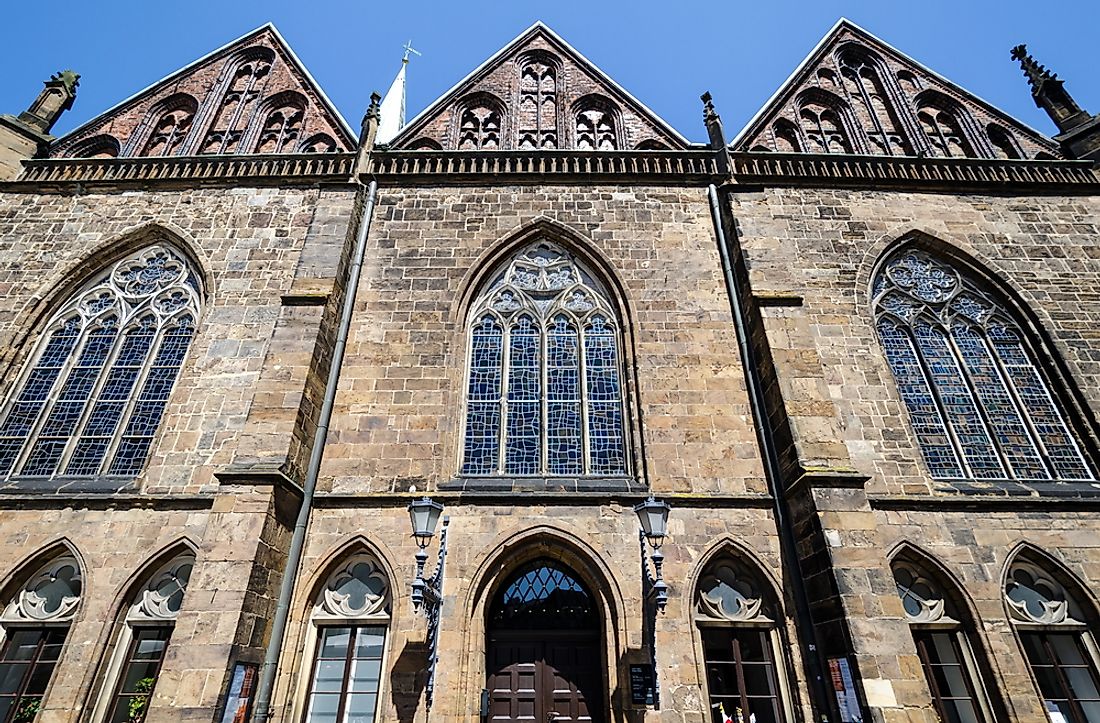
Located in Bruges, Belgium the Church of Our Lady was constructed throughout the 13th, 14th, and 15th centuries. Its tower measures at 401 feet and is the tallest structure in the city. It is renowned for its altarpiece, which features a sculpture of the Madonna that was created by Michaelangelo using white marble sometime around the year 1504.
4. Florence Cathedral
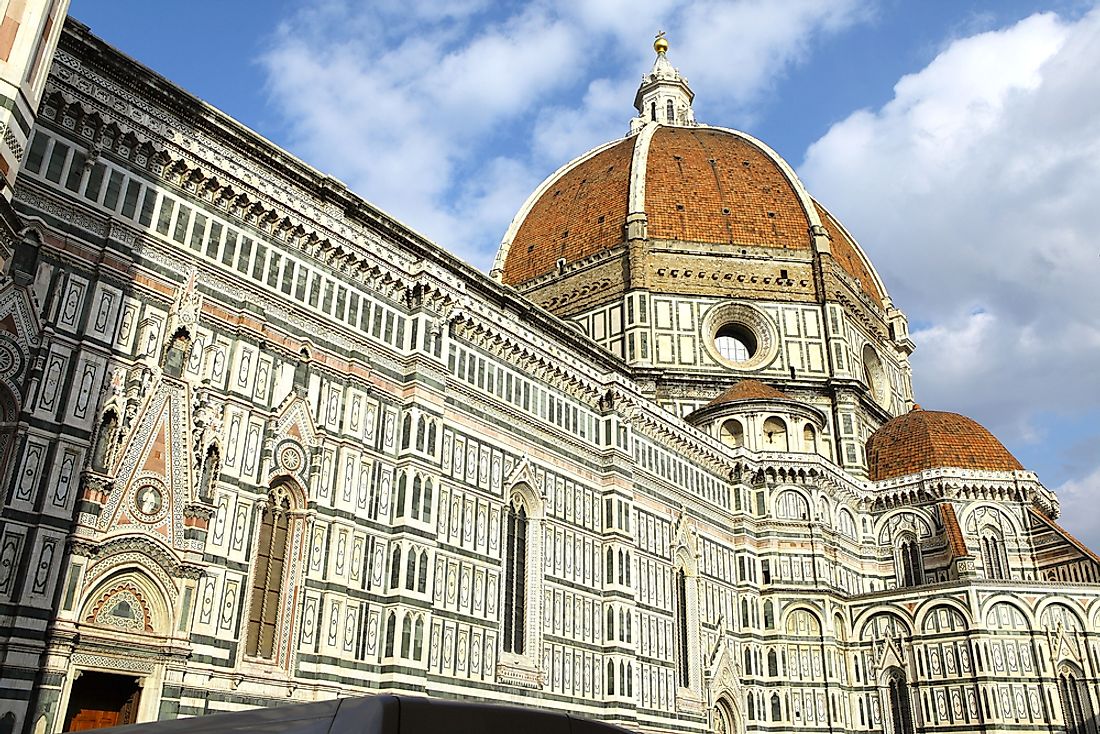
The Cathedral of Saint Mary of the Flower, also known as the Florence Cathedral, is an Italian Gothic and Gothic Revival style cathedral whose construction began in 1296 and was completed in 1436. Located in the northern Italian city of Florence, it was designed by Arnolfo di Cambio. The basilica's exterior features polychrome panels made from marble and a 19th-century facade in the Gothic Revival style by the Italian architect Emilio De Fabris.
3. Church of San Pablo
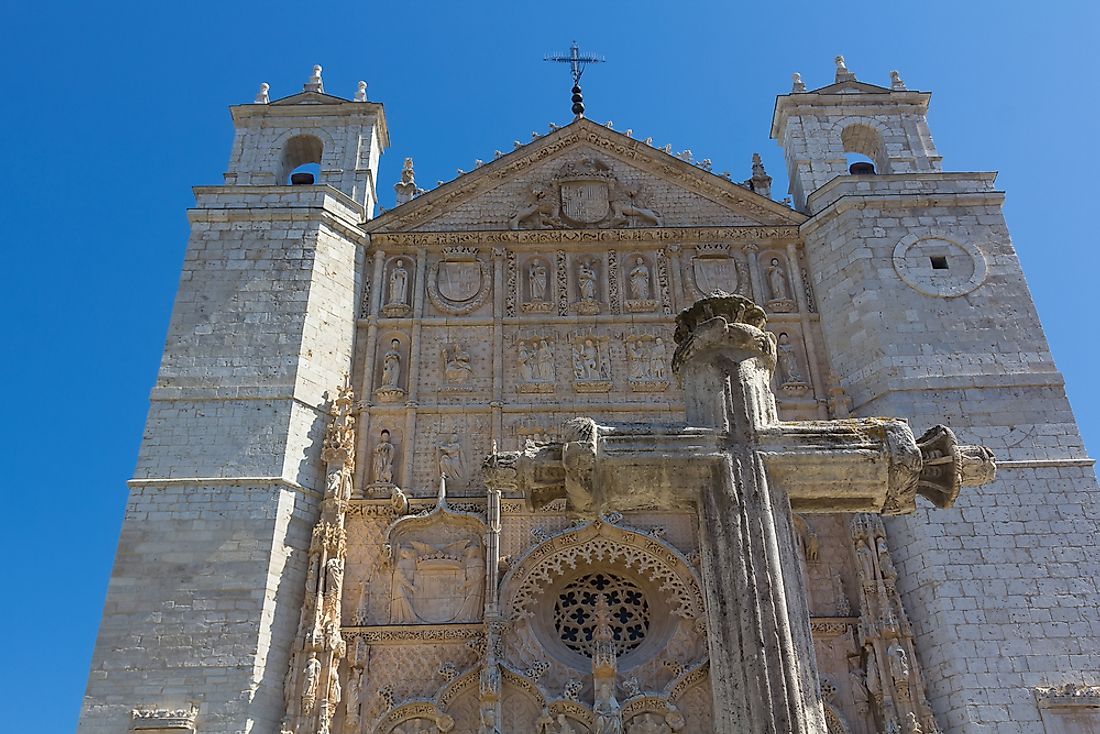
The Church of San Pablo is located in Valladolid City in Castille and León, Spain. It is a former convent and church designed in the Isabelline Gothic architectural style. Between 1445 and 1468 the church was commissioned by Juan de Torquemada, a Catholic Cardinal, to replace the previous church that once stood in its place. The Church of San Pablo is considered the city's most emblematic buildings. In 2001, the church was listed as world heritage site.
2. Palais des Papes
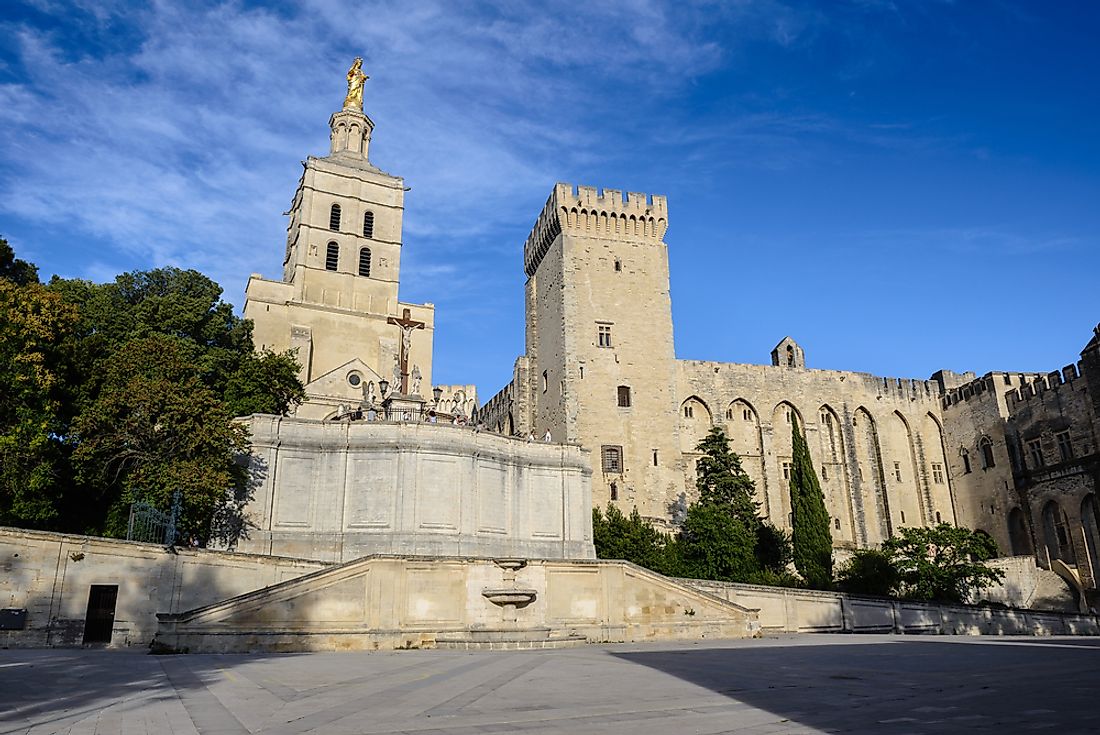
Translated into English as the "Papal Palace", the Palais des Papes, located in Avignon in southern France, is one of the largest gothic constructions in Europe. The palace features two joined buildings: the "new palais" of Clement VI the "old palais" of Benedict XII. Together the two palais frame the largest gothic building of the middle ages.
1. The Parish Church of St. Mary Redcliffe
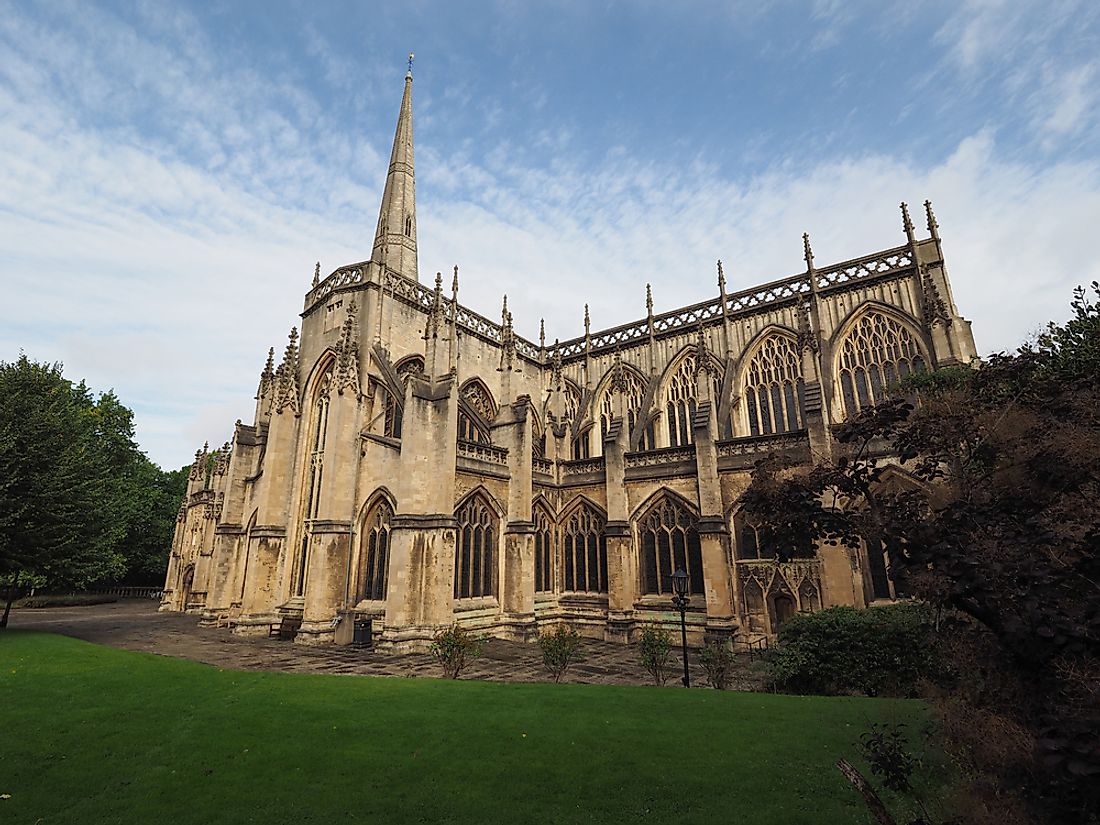
St. Mary Redcliffe is an Anglican church located in Bristol, England whose construction took place between the 12th and the 15th centuries. The church has been in use for over 900 years. St. Mary Redcliffe is famous for its Gothic architectural style, and is listed as a Grade I historical site in England. Queen Elizabeth I described the church as not only the most famous parish but also the "best and fairest church in England". The architectural style of the parish is perpendicular gothic.

